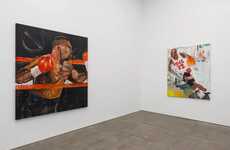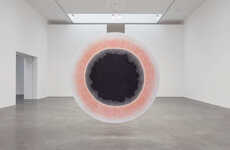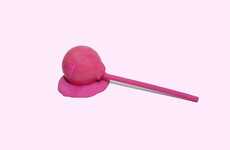
Guillaume Bresson Renders Scenes of People Being Attacked
Jason Soy — August 9, 2012 — Art & Design
References: bourouina & sweet-station
These Guillaume Bresson paintings are difficult to browse through. Not only do they depict acts of violence upon seemingly innocent victims, but they’re rendered in a hyperrealistic manner, giving these visuals real world tangibility. Luckily, the subjects in these paintings are only models who were employed by Bresson to enact each scene as he photographed reference material for his paintings. Still, they’re quite unnerving sights to see.
What’s also remarkable about Guillaume Bresson’s paintings is that they have a Renaissance master feel to them. The lighting and muted colors of his pieces emulate that of masterpieces centuries old, and Bresson’s interpretation of hyperrealism is not unlike the kind seen in images hanging on the walls of the Louvre Museum.
What’s also remarkable about Guillaume Bresson’s paintings is that they have a Renaissance master feel to them. The lighting and muted colors of his pieces emulate that of masterpieces centuries old, and Bresson’s interpretation of hyperrealism is not unlike the kind seen in images hanging on the walls of the Louvre Museum.
Trend Themes
1. Hyperrealistic Painting - Explore the potential of using hyperrealistic painting techniques to create art that makes a strong social statement and provokes conversations about sensitive issues.
2. Photorealistic Depiction of Violence - Investigate the potential for photorealistic depiction of violence in visual storytelling and how it affects viewers' emotions and attitudes towards violence in society.
3. Merging Traditional Techniques with Modern Art - Apply traditional Renaissance painting techniques to modern visual art forms, creating works infused with both an old-world sensibility and a contemporary edge.
Industry Implications
1. Visual Art - Expanding the boundaries of visual art beyond what is immediately visible to the naked eye, by utilizing techniques like hyperrealism and photorealism to challenge viewers' perspectives.
2. Fine Art Photography - Exploring the potential of using photography to create reference material for hyper-realistic paintings, blurring the line between reality and art and questioning the limits of the medium.
3. Art Education - Integrating traditional techniques with modern approaches in art education to explore new ways of creating art and to address sensitive social issues through visual media.
2.7
Score
Popularity
Activity
Freshness























